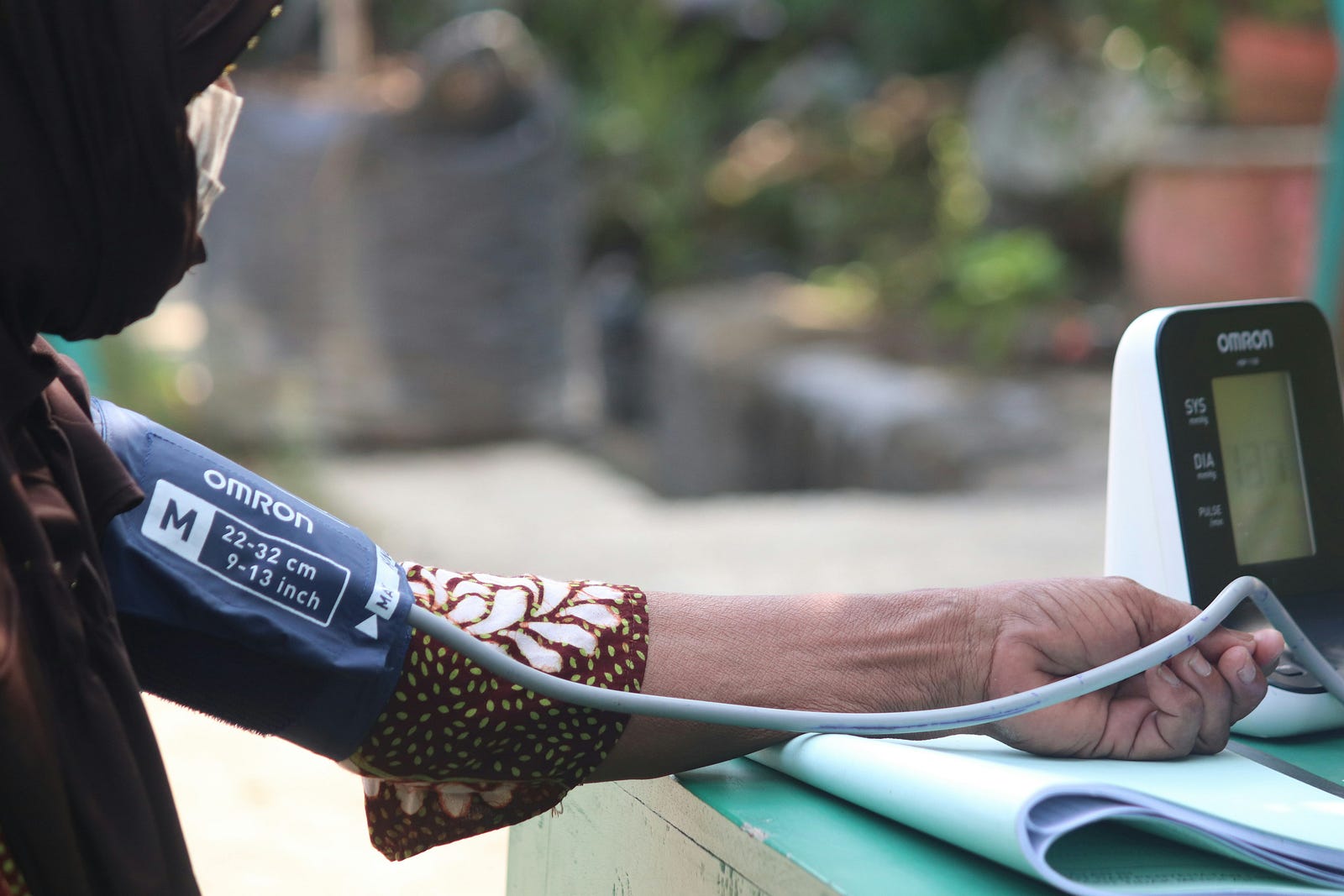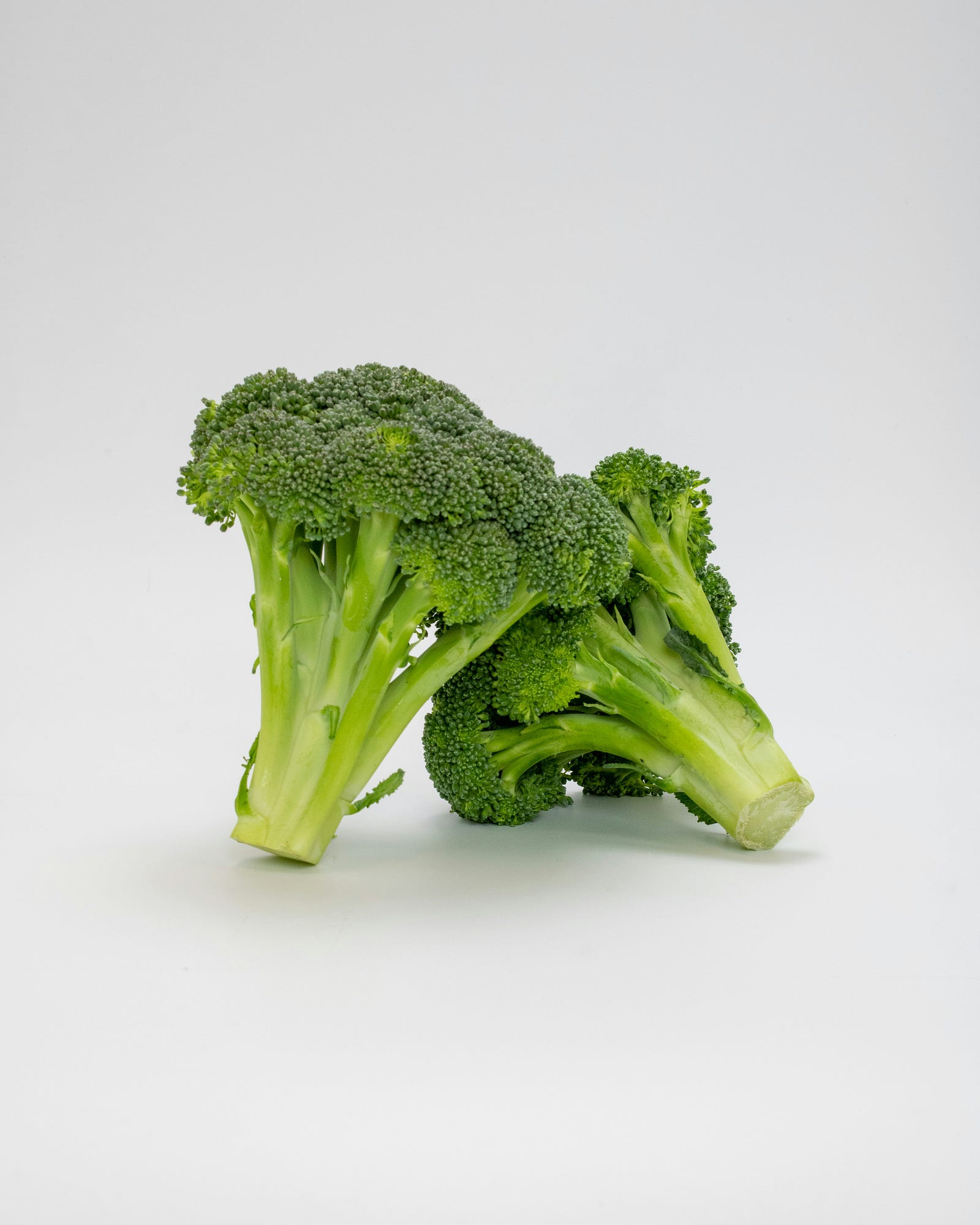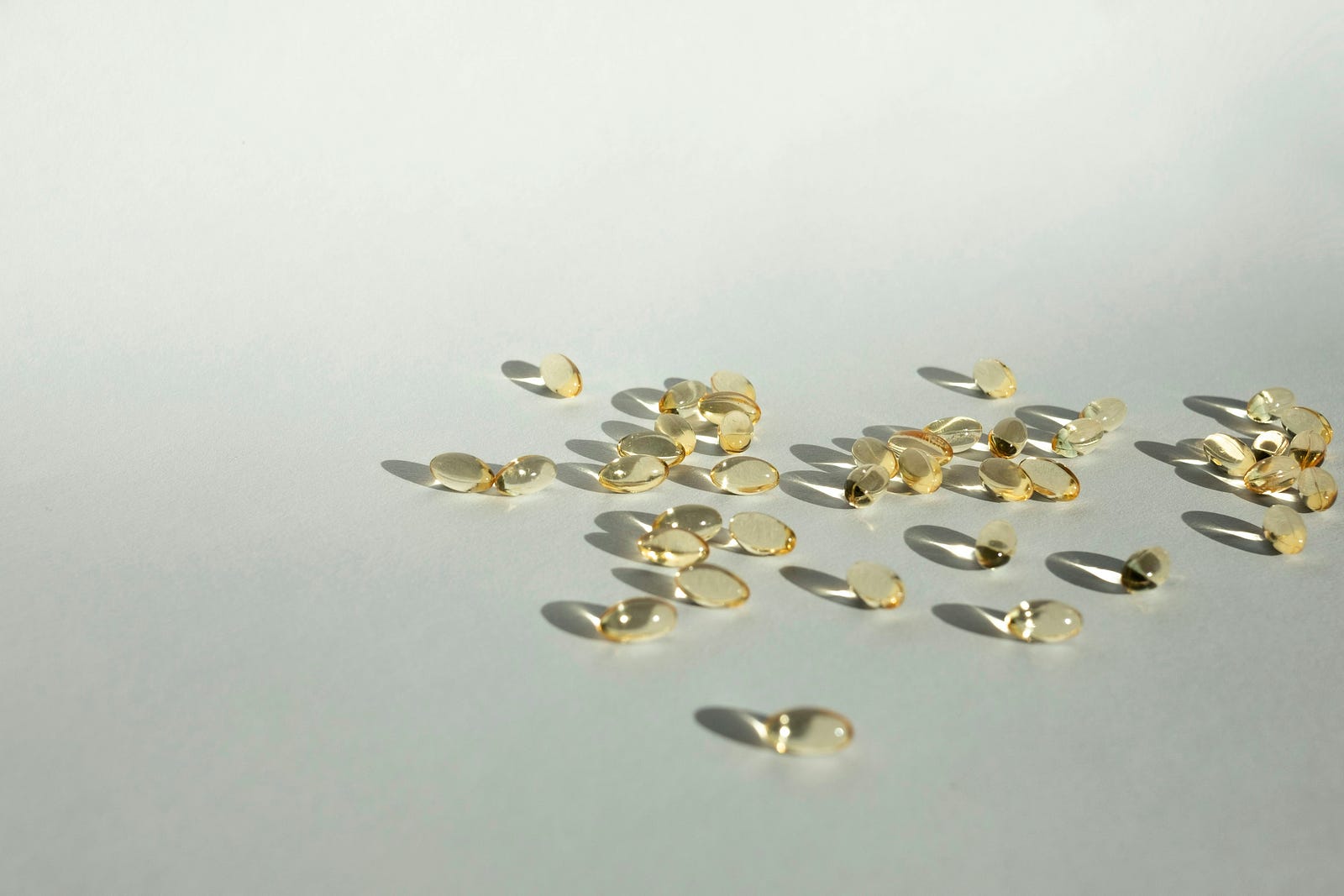Today, I want to explore the relationship between potassium intake and health.
A few years ago, my blood pressure was slightly elevated.
I lowered both my systolic and diastolic blood pressure measurements significantly.
While physical activity and maintaining a healthy weight helped, I want to share with you how I used food to achieve success.
The American Heart Association has recently updated its definitions of normal blood pressure.

Why I Care
The new guidelines caught my attention; I know that elevated blood pressure is associated with heart attack, stroke, and more.
The AHA does not have a regular schedule for updating blood pressure measurements; it changes the numbers when new evidence suggests that the old ones are inaccurate or irrelevant.
The new guidelines caught my attention; I know that elevated blood pressure is associated with heart attack, stroke, and more.
The AHA does not have a regular schedule for updating blood pressure measurements; it changes the numbers when new evidence suggests that the old ones are inaccurate or irrelevant.
The updated blood pressure measures result from findings from the 2017 Systolic Blood Pressure Intervention Trial (SPRINT).
Researchers studied over 9,00 adults 50 and older with a systolic (top number) blood pressure of 130 mm Hg or higher and at least one cardiovascular disease risk factor.

Blood Pressure: Drop It to 120 or Less
Would treating blood pressure to lower the systolic by more than 120 mm Hg or less be better than the standard 140 mm Hg or less?
Targeting a systolic blood pressure of no more than 120 mm Hg reduced the chance of heart failure, heart attack, or stroke over three years.
Systolic Blood Pressure Intervention Trial (SPRINT) Study
SPRINT examined the effects of lower systolic blood pressure in reducing risks of cardiovascular disease, kidney…www.nhlbi.nih.gov
Let’s turn to one tool I used to drop my blood pressure.
Less Salt, More Potassium
I continued to exercise, which helped me lower my blood pressure.
But here’s a trick I used that you might not know about: I cut back on my salt while raising my potassium consumption.
You probably know that too much salt can increase your blood pressure.
But you may not know this:
Potassium helps our bodies get rid of salt, easing blood pressure tension.
Does Dropping Salt (And Raising Potassium) Work?
For me, dropping my salt intake (while raising my potassium) helped me drop my blood pressure to 116/72.
The World Health Organization explains that this approach can lower blood pressure.
Potassium and Health: Food Sources of Potassium
Now that we have established that increasing potassium can significantly reduce blood pressure in adults, where can we find the substance?
Here are some foods you might want to add to your diet to get more K+ :
- Bananas, oranges, cantaloupes, honeydew, apricots, grapefruit (some dried fruits, such as prunes, raisins, and dates, are also high in potassium)
- Cooked spinach
- Mushrooms

- Cooked broccoli
- Potatoes
- Sweet potatoes
- Peas
- Cucumbers
- Zucchini
- Pumpkins
- Leafy greens
Potassium and Health: Juice Sources of Potassium
While I don’t like the sugar surge that comes from drinking juice, some beverages can boost your potassium, including the following:
- Tomato juice
- Prune juice

- Orange juice
- Apricot juice
- Grapefruit juice
Need more? Let’s look at dairy and fish, other rich sources of potassium.
Potassium and Health: Dairy and Fish Sources of Potassium
Milk and yogurt are chock full of potassium.
I prefer the low-fat (or fat-free) varieties.
Here are some fish that are good sources of K+ :
- Tuna (my favorite)
- Cod
- Halibut
- Trout
- Rockfish
And remember those beans and legumes.

Finally, there are these potassium sources: Nuts (yes!), meat and poultry, brown and wild rice, bran cereal, and whole wheat bread and pasta.
Some salt substitutes also contain potassium.
Read Those Labels
I try to be a savvy consumer.

The U.S. Food and Drug Administration (FDA) considers a sodium listing of 5% low while deeming 20% high.
How Much Potassium Do You Need?
The FDA recommends an average of 4700 milligrams daily.
Most Americans don’t hit that number.
Office of Dietary Supplements – Potassium
Potassium overview for health professionals. Research health effects, dosing, sources, deficiency symptoms, side…ods.od.nih.gov
Too much potassium can linger in the body if the kidneys don’t function well, leading to muscle and nerve problems.
Those with kidney disease should check their potassium limits with their healthcare provider.
Other Causes of High Potassium
As I mentioned, kidney problems can result in the body retaining too much potassium.

Other causes include dehydration, consuming too much potassium (through diet or supplements), some medicines, and uncontrolled diabetes.
Serious burns, injuries that cause excessive bleeding, some rare diseases, and Addison’s disease (a condition in which the body does not produce sufficient amounts of certain hormones) can lead to excessive potassium.
Is your potassium too high?
Please be careful with calcium-rich foods such as baked potatoes (taking off the skin may help) and dried apricots.
Other potassium-rich foods include soybeans, squash, tomato paste, bananas, chicken breast, and milk.
Too Much Potassium
We must maintain a delicate potassium balance to keep our heart and other muscles working well.
Too much potassium (hyperkalemia) can lead to heart problems, including a heart attack.
Here are some symptoms of hyperkalemia:
- Feeling weak or tired
- Nausea
- Trouble breathing
- Muscle pain or cramps
- Chest pain or an irregular heartbeat
Summary – Potassium and Health
Too much salt is bad.
But too little potassium is problematic, too.
Most people should aim for 4,700 milligrams of potassium daily. Potatoes, bananas, apricots, spinach, and other dietary sources are great sources.
I have no interest in supplements, preferring to get my K+ through diet.
And don’t overdo that salt.
I try to avoid adding salt to my food.
What say you?
Office of Dietary Supplements – Potassium
Potassium overview for health professionals. Research health effects, dosing, sources, deficiency symptoms, side…ods.od.nih.gov
Get an email whenever Dr. Michael Hunter publishes.
drmichaelhunter.medium.com
Thank you for reading “Potassium and Health.”




